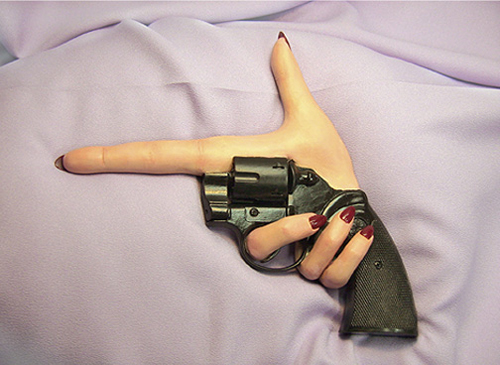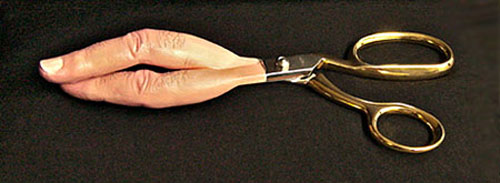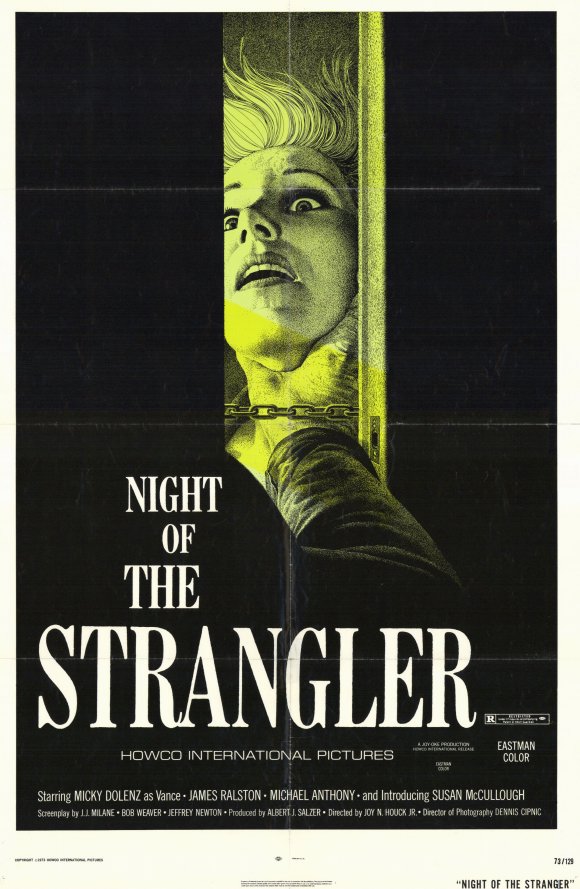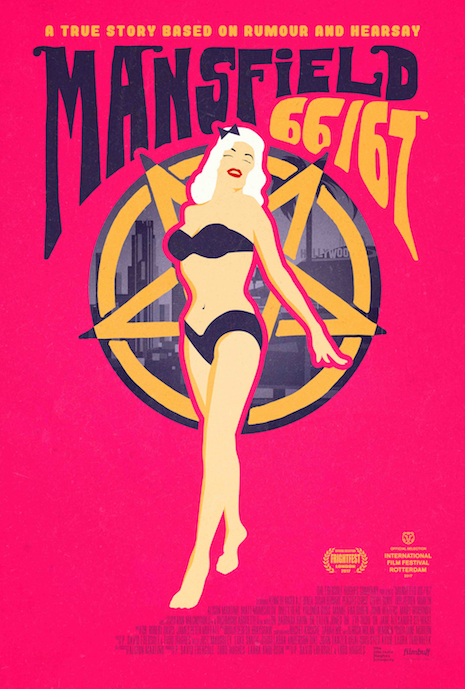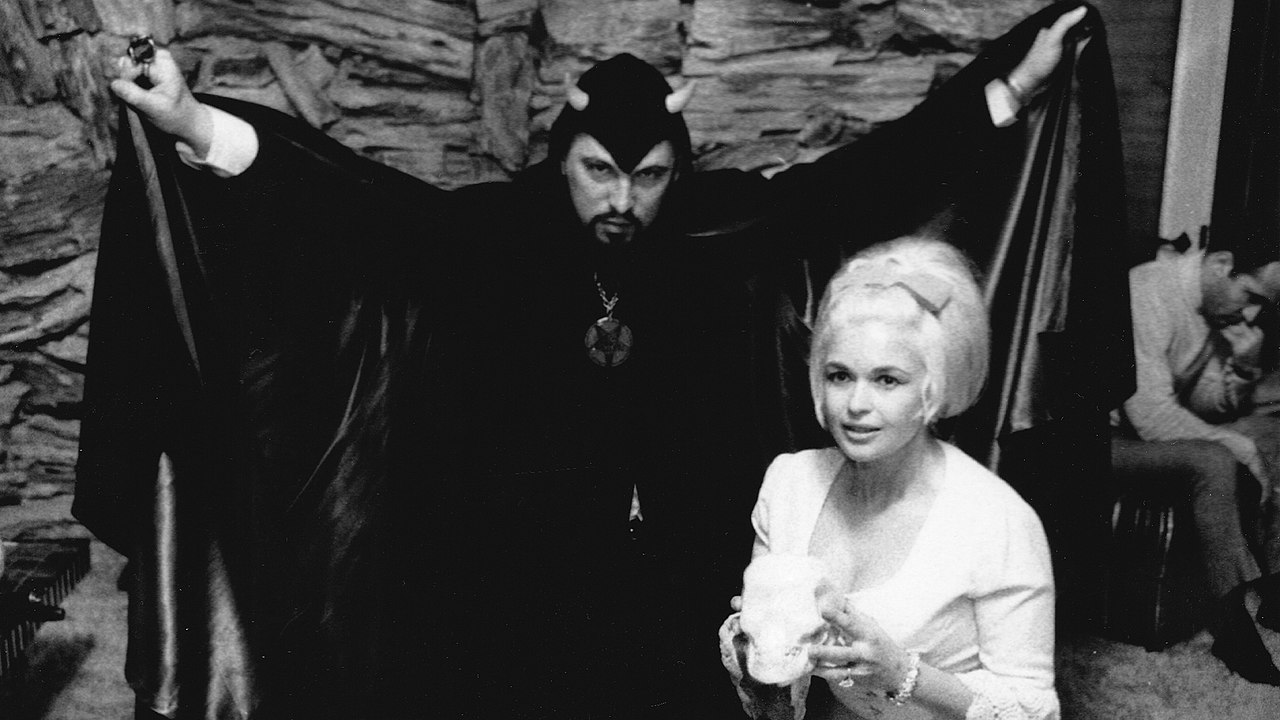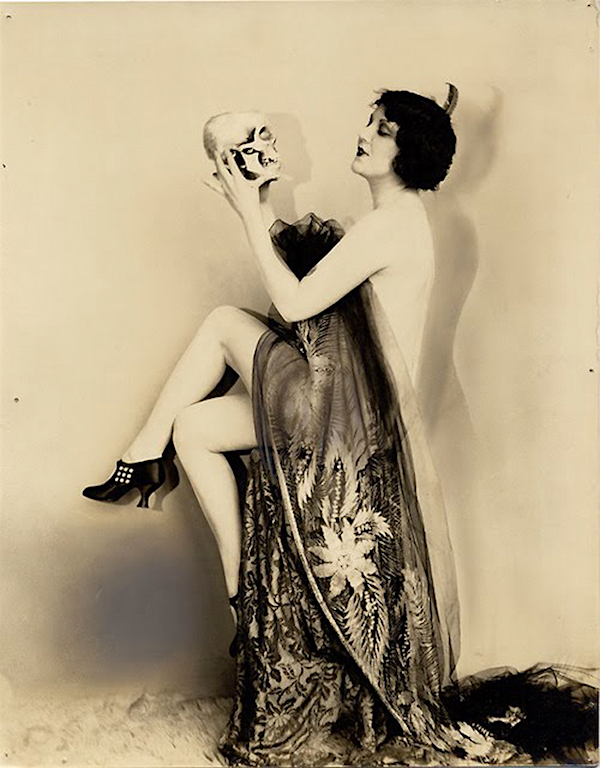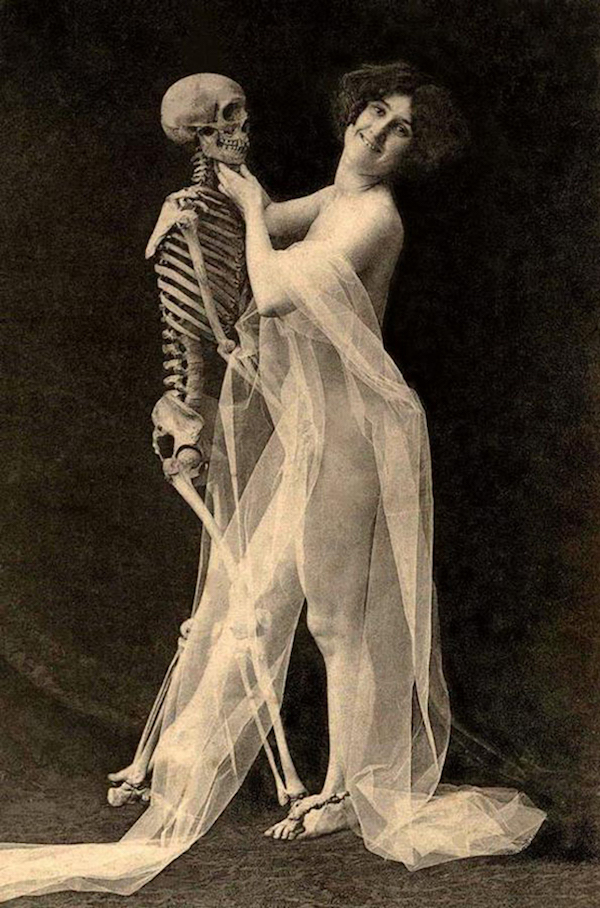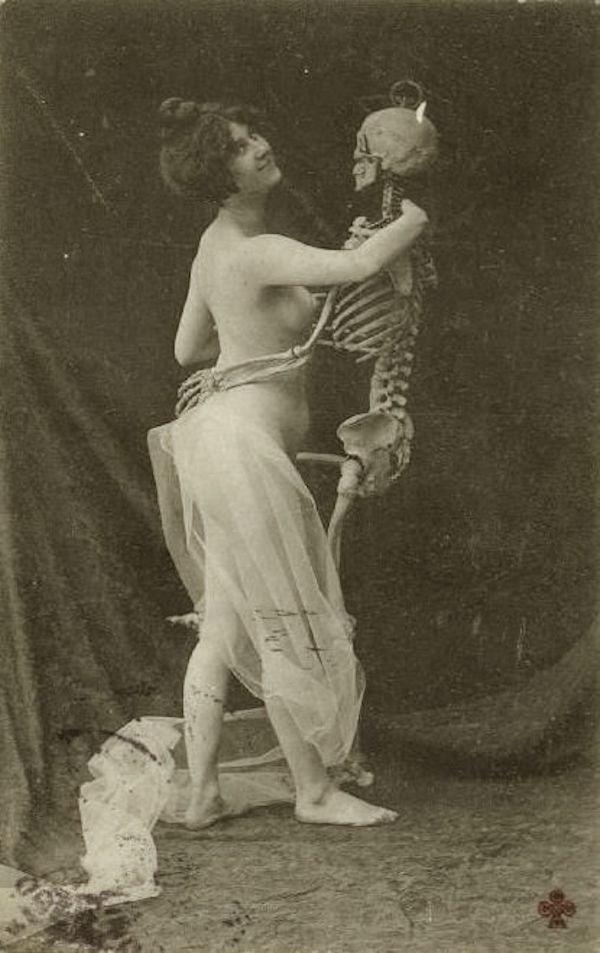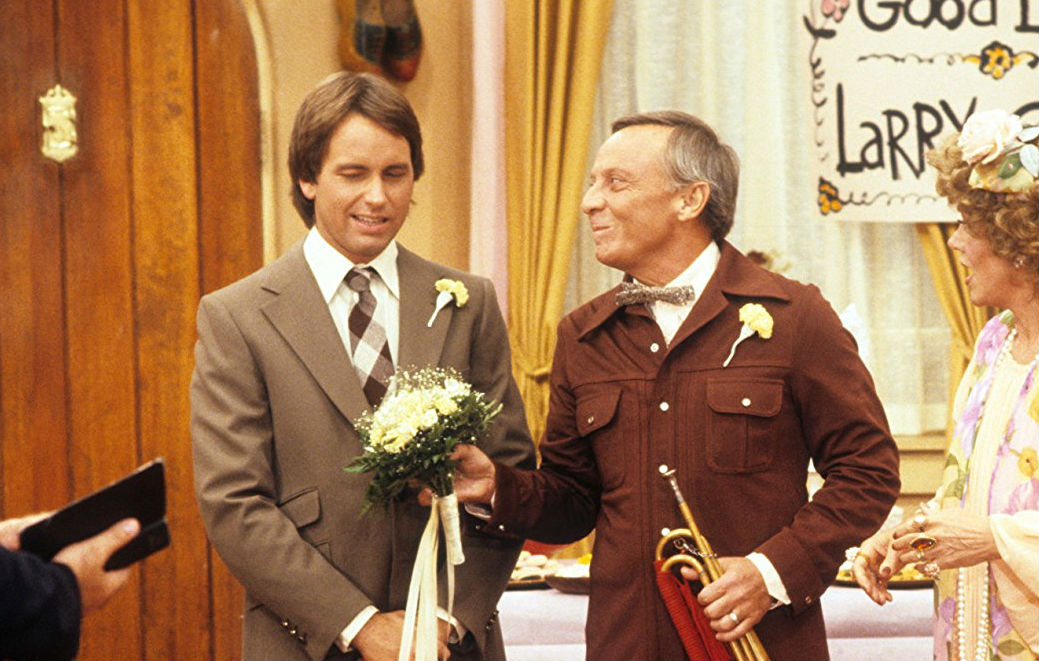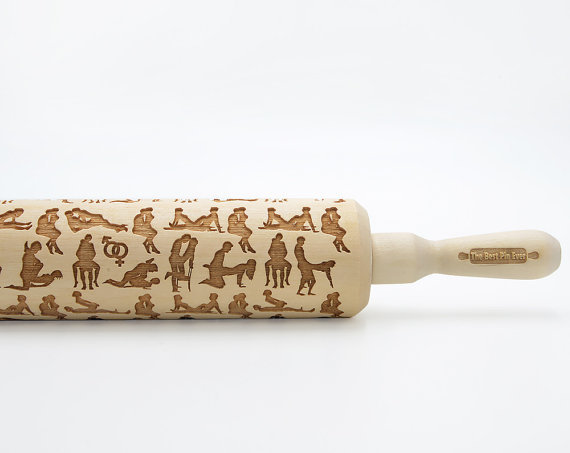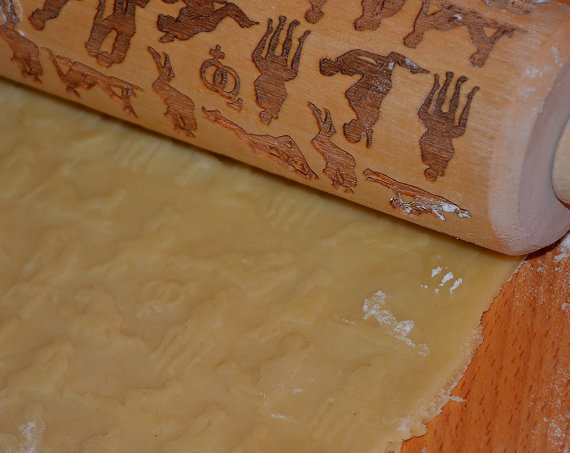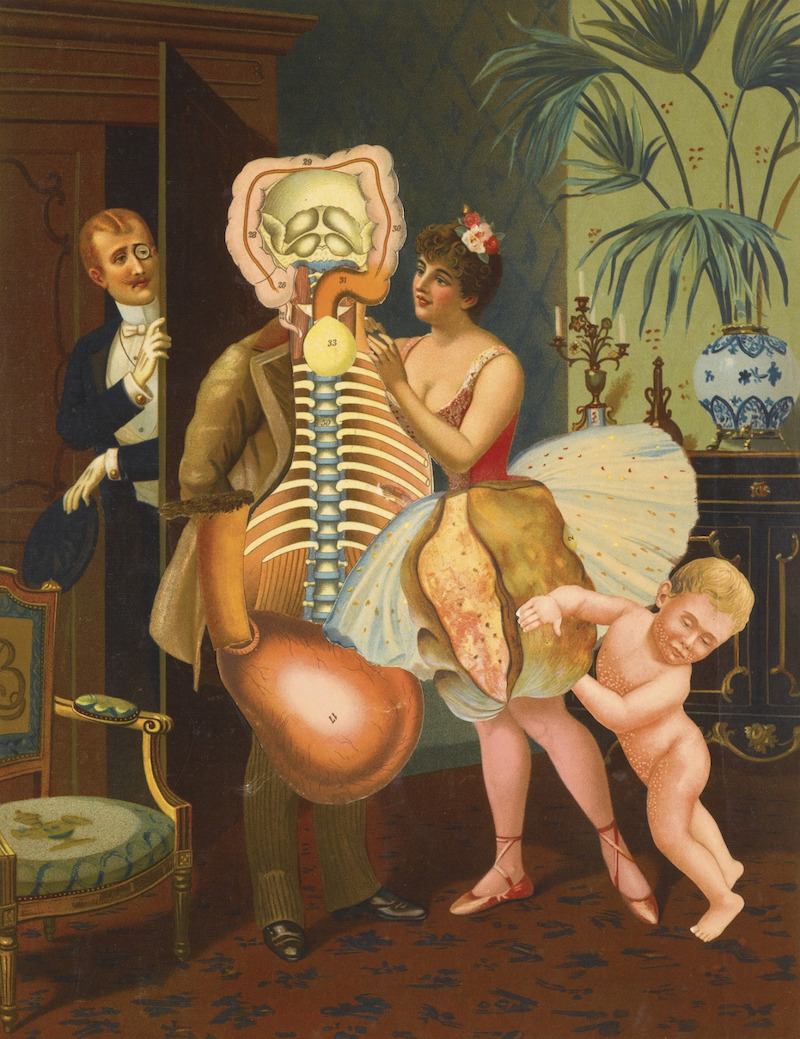
Untitled, from the ‘Portable Cabinet’ (1934).
Jindřich Štyrský was an artist, a painter, a Surrealist, a writer, a poet, an editor, a photographer, a pornographer, a collagist, a revolutionary, a provocateur, a theatre director, and a stage designer.
If Štyrský had only chosen to focus on just one of these different roles, he would still be regarded as a highly original and relatively important artist. That he was successful at all of them, gives some idea of this remarkable man’s prodigious talents
Jindřich Štyrský was born in Lower Čermná, Czechoslovakia, on August 11th, 1899. It’s variously written in different biographies all probably copying the same source that Štyrský was deeply affected by the death of his 21-year-old half-sister Marie when he was five. How this impinged on his life is never quite revealed—other than his later erotic artwork where she becomes the object of his desire and that he carried the same genetic defect (a bad heart) that inevitably led to his own demise. Štyrský had a natural talent for art which led him to study at the Prague Academy of Fine Arts. His early work (like “Church on the Hill”) showed his interest in Cubism but hardly suggests the provocative and revolutionary work that was to come.
During the early 1920s, he formed a relationship/collaboration with the artist Toyen (aka Marie Čermínová). Toyen preferred to be addressed as “he” or “him” defying gender roles and confounding the male dominated art world with his sexually explicit erotic drawings. Štyrský and Toyen joined the avant-garde group Devětsil where they exhibited their paintings. Štyrský also became involved with the group’s theatrical wing the Liberated Theater, where he worked as designer and director. Together with Toyen, he also formed Artificialism—an artistic response to Cubism which proposed “Leaving reality alone” and striving for “maximum imaginativeness.”
Artificialism is the identification of painter and poet. It negates painting as a mere formal game and entertainment for the eyes (subjectless painting). It negates formally historicizing painting (Surrealism). Artificialism has an abstract consciousness of reality. It does not deny the existence of reality, but it does not use it either. Its interest focuses on poetry that fills the gaps between real forms and that emanates from reality. It reacts to the latent poetry of interiors of real forms by pursuing positive continuity.
Whatever that may mean. Perhaps understandably, it was a short-lived movement from 1927-28.
In 1930 Štyrský started the Erotic Review, and together with Toyen produced an array of startling and highly explicit imagery for the magazine. Toyen wanted to eroticize everything. Štyrský wanted to épater la bourgeoisie. God was dead. Let’s fuck. His erotica was banned and had to be published privately via subscription. The only problem with épater la bourgeoisie is that the bourgeoisie is the only group that can afford to buy the material intended to shock them, and the offspring of la bourgeoisie embrace these supposedly shocking ideas with little objection. Yet, Štyrský saw this all as creating a revolution which would eventually change society. This may be all right in theory but in practice, well, Czechoslovakia fell first under the cosh of the Nazis and then the Soviets who had their own ideas of how to épater la bourgeoisie.
In 1935 Štyrský became a founding member of the Surrealist Group of Czechoslovakia. This was in large part inspired by his and Toyen’s visit to Paris to meet with André Breton. It was during one of these trips in 1935, that Štyrský fell seriously ill and almost died. Though he never regained full health again, Štyrský still managed to produce a phenomenal amount of artwork during the last seven years of his life.
To give some idea of Štyrský‘s range as an artist, here’s a small selection of his work from early paintings to erotic collages and photography 1921-42.

‘Church on the Hill’ (1921).

‘Country Cemetery’ (1928).
More Surreal and explicit work, after the jump…













